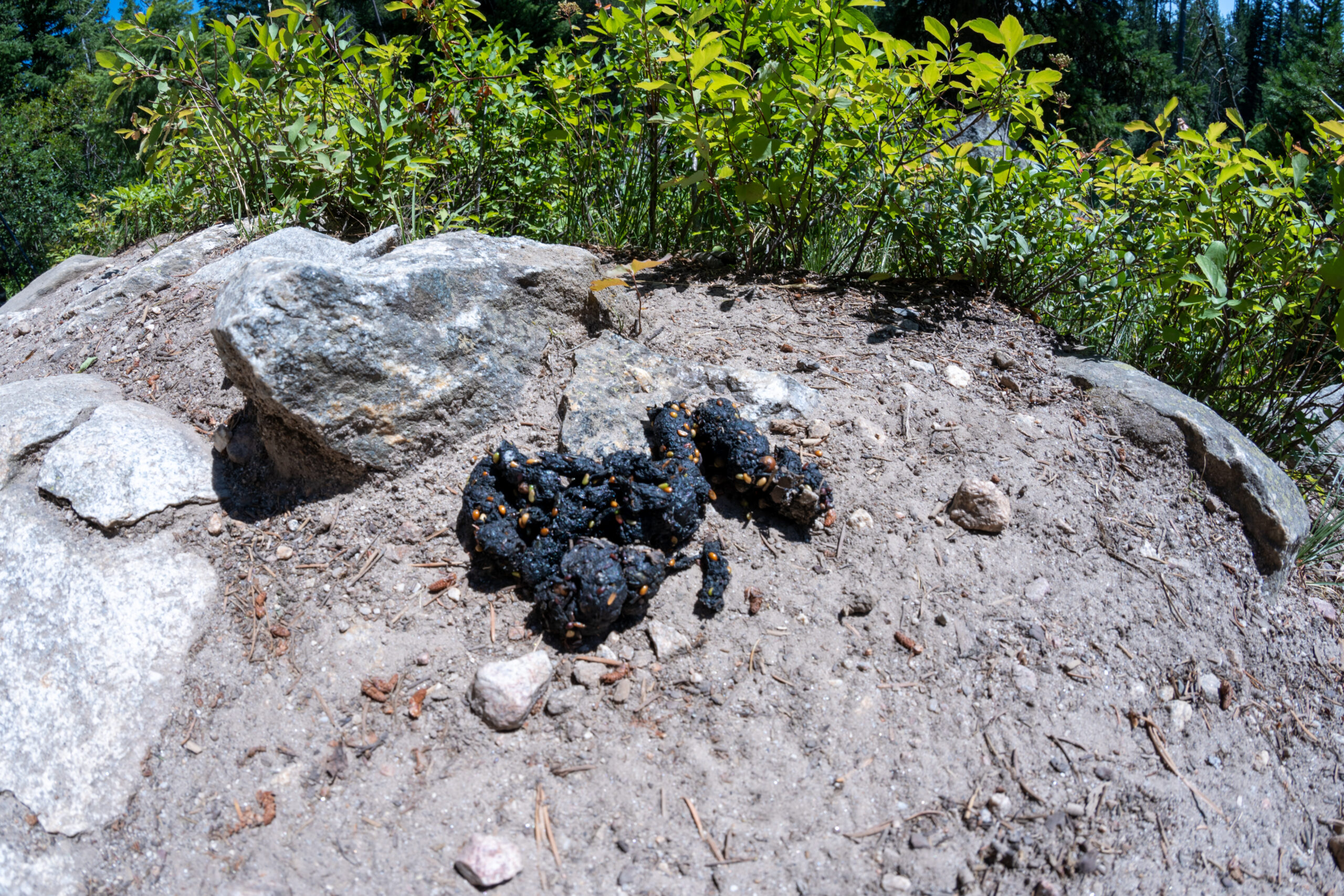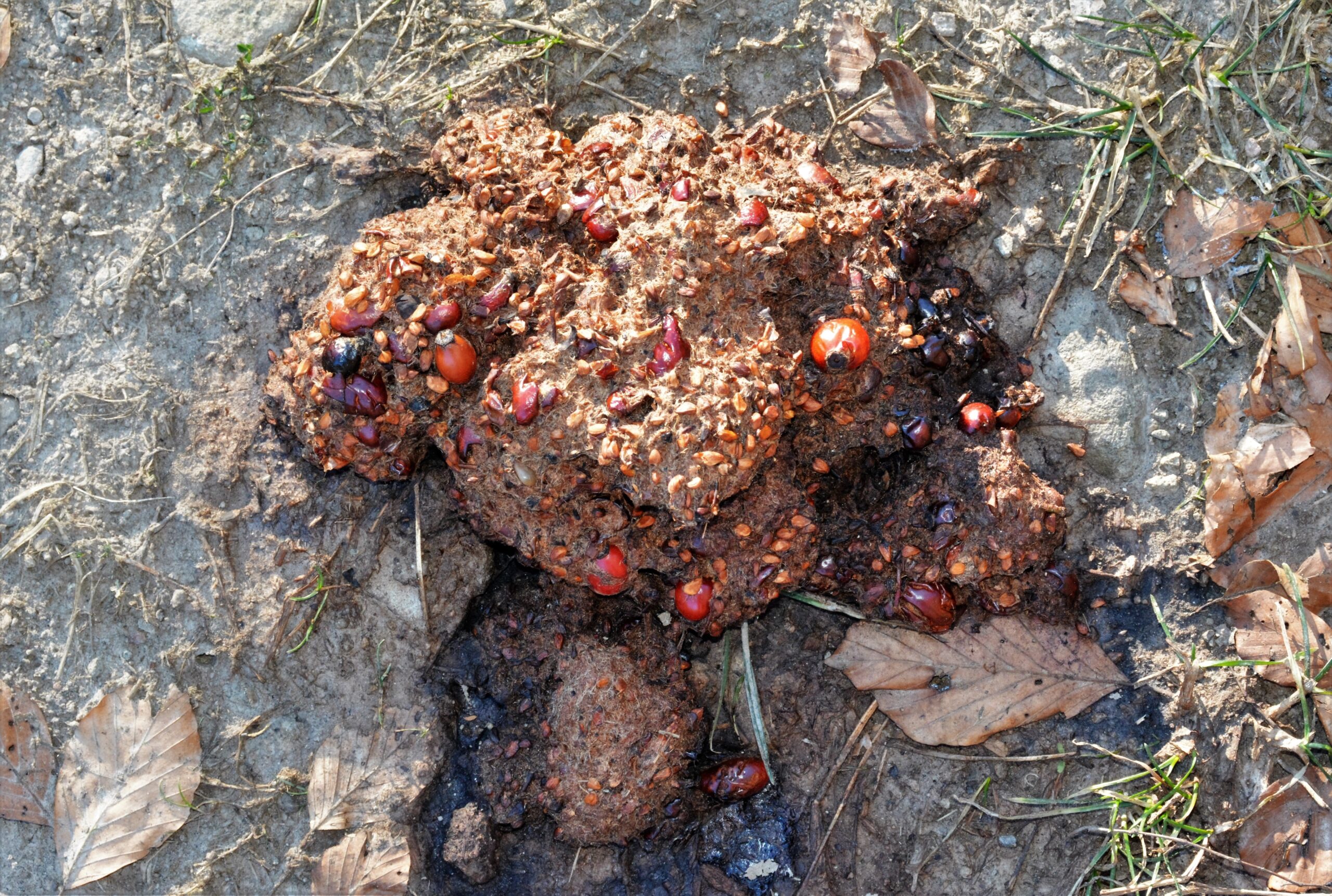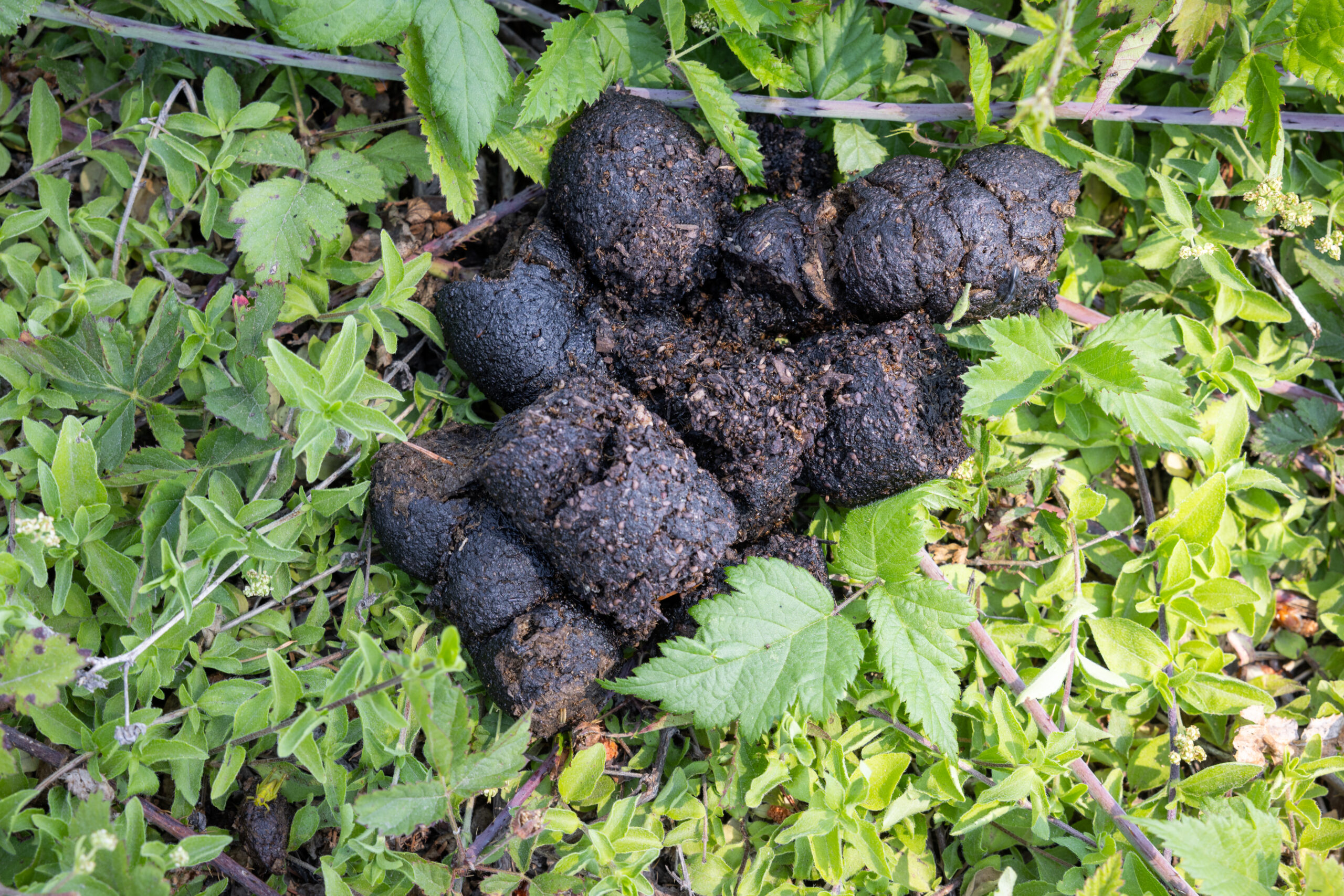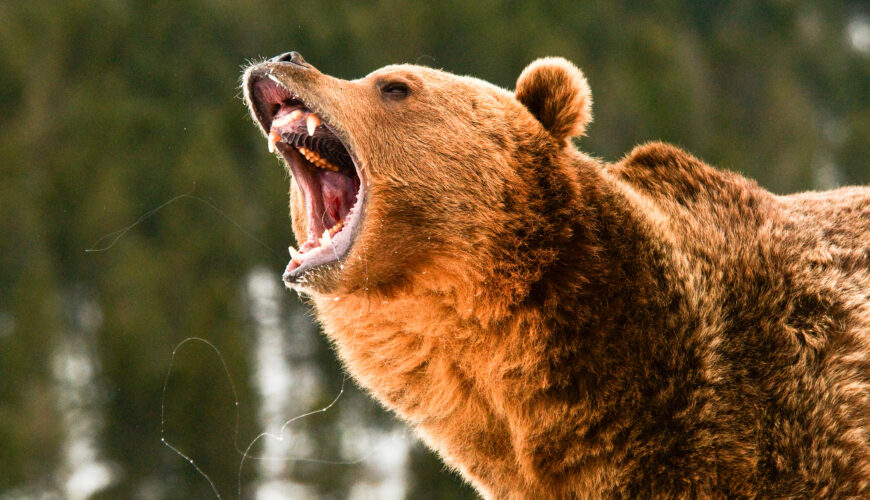Tactics
5 Reasons Squirrel Hunting is the Ultimate Hunting Experience
January 9, 2026 •Guest Contributor
August 22, 2024
For those who venture into the wilderness, being able to identify bear scat is an essential skill. Not only does it provide clues about the presence of bears in the area, but it also offers valuable information about their diet and activity patterns. Here’s what hunters and outdoor recreationists need to know about bear scat and how to identify it.

Black bear scat poop with berries, along a trail in Grand Teton National Park
Bear scat, or droppings, serves as a vital signpost in the wild. Knowing how to identify it can help you gauge the presence of bears and determine if you’re in a high-traffic area for these powerful creatures. Recognizing bear scat can also give you insight into what bears in the area are eating, which can be useful for hunters and wildlife enthusiasts alike.

Bear scat can vary significantly in appearance, depending on the bear’s diet and the time of year. Here are some key characteristics to look for:

Large pile of bear scat found on a berry patch in the forest
Finding scat from a bear can be an exciting discovery, but it also means you’re in bear country, and you need to take precautions:
Understanding and identifying bear scat is an important safety skill for anyone navigating bear country. By learning to recognize these signs, you can enhance your wilderness experience, stay safe, and deepen your connection to the natural world. Whether you’re a hunter tracking game or a hiker exploring the backcountry, knowing what to look for can make all the difference.
